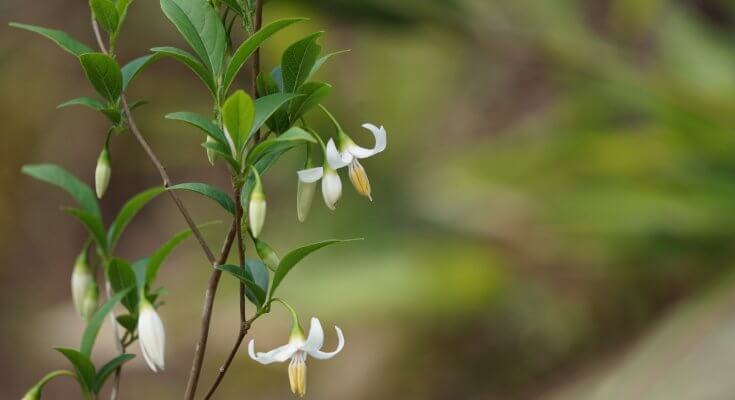Journal of Hymenoptera Research 98, 709-719, https://doi.org/10.3897/jhr.98.155756
Involved members of MultiTroph: Ming-Qiang Wang, Yi Li, Michael Orr, Arong Luo, Alexandra-Maria Klein, Chao-Dong Zhu
Summary: This study investigated how nest architecture influences the nesting success of the solitary wasp Anterhynchium flavomarginatum in a subtropical forest in southwestern China. Using standardized trap nests, the researchers analyzed the effects of three structural factors: intercalary cells, nest diameter, and vestibular length. Results showed that nesting success increased significantly with the number of intercalary cells, suggesting they provide protection and spatial stability for developing larvae. Nest diameter also mattered: wasps achieved the highest success in nests 6–8 mm wide, while nests 14–16 mm performed significantly worse. Vestibular length further influenced outcomes, with nests lacking a vestibule having significantly lower success than those with vestibules ranging from 1–90 mm. Collectively, the findings highlight how nest architecture shapes reproductive success and survival in solitary wasps.
Conclusion: The study not only advances understanding of solitary wasp nesting biology but also suggests practical implications for conservation and biological pest control. By designing trap nests with optimal structural features, it may be possible to promote the population growth of these wasps and enhance their effectiveness as natural regulators of lepidopteran pests in agricultural ecosystems.
